To better understand what happens neurologically when people Tweet and watch live TV events, Twitter brought in the experts.

Staff from Neuro-Insight used advanced neuro technology to measure media consumption and track — by the second — brain responses to content.
“But the brain is also very aware that if something is beginning to engage me and it’s interesting, then I will stick with it.”
READ MORE: 71% of Canadians on Twitter tweet while watching TV
In Canada, participants were fitted with headsets that read and recorded brain data and eye movement. They were also filmed throughout the experiment.

Get daily National news
The study observed people watching a live event using only Twitter, only TV, or a combination of the two. A total of 108 million data points were collected and analyzed.
The experiment looked specifically at engagement (the emotional connection between content and viewer) and memory (how information is encoded and stored) and found:
- Event-related content is 72 per cent more engaging and 80 per cent more memorable on Twitter alone compared to TV alone.
- Adding Twitter to the TV experience made the TV event 28 per cent more engaging and 30 per cent more memorable.
- Responses to TV ads were 40 per cent more engaging and 28 per cent more memorable when Twitter is part of the experience.
- Twitter users were able to correctly recall slightly more TV ads than those who were watching TV alone.
Yadav said Neuro-Insight conducted the world’s first study on second screens a few years ago in Australia, which produced similar results.
“People were watching TV… and we saw this engagement. Then, engagement dipped at a certain point and that was the time when we saw people switch to the second screen because they got bored and they lost interest,” he recalled.
“They started tweeting about that particular show and then engagement peaked because you’re interacting with your personal device.”
“Then, when they come back to the first screen, they actually engage with it a little more than they did in the first half, only because this interaction with the second screen has put you in this mood where you’re interested in interacting in a deeper fashion.
“The second screen enhances the effectiveness of the first.”
While the assumption might be that people turn to a device during a TV show because they’re easily distracted, Yadav argues that’s not the case.
“People talk about millennials not having attention spans. I don’t know any other generation that would have binge-watched an entire season of House of Cards at the same go. No one can claim that these people don’t have the attention. They do, but for the right content. So, it’s about curating the right content and engaging people in a way that they want to be engaged.”
Last year, the five most-mentioned televised events among Canadian Twitter users were:
- 2017 Billboard Music Awards (May 21, 2017)
- 89th Academy Awards (Feb. 26, 2017)
- Donald Trump 2017 presidential inauguration (Jan. 20, 2017)
- Super Bowl LI (Feb. 3, 2017)
- 59th Annual Grammy Awards (Feb. 17, 2017)
- Trans Mountain pipeline pays $196K penalty for environmental lapses after 2024 storm
- Fatal Calgary shooting connected to organized crime, police say
- Extortion suspects have all claimed refugee status, Canada’s border agency says
- Advocacy groups change tactics to keep court case against Alberta trans law alive





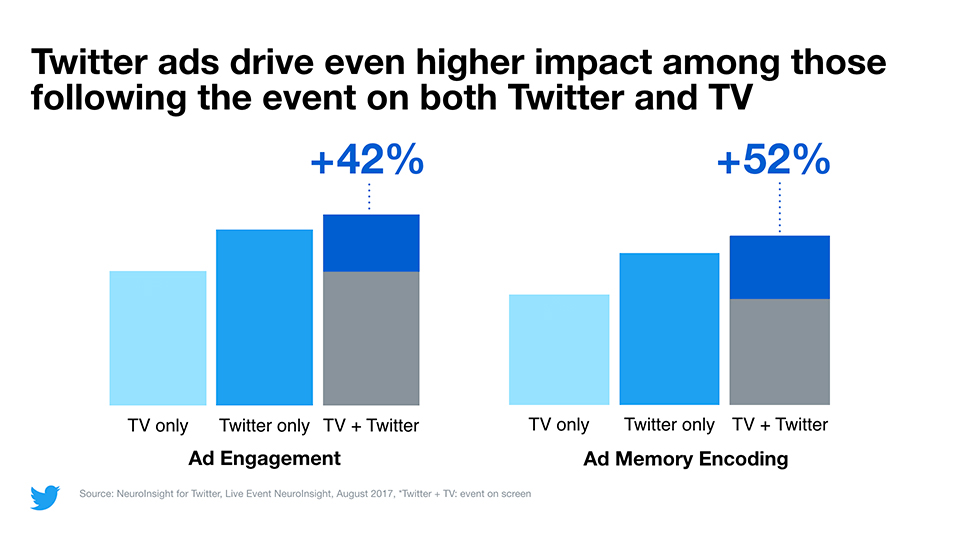

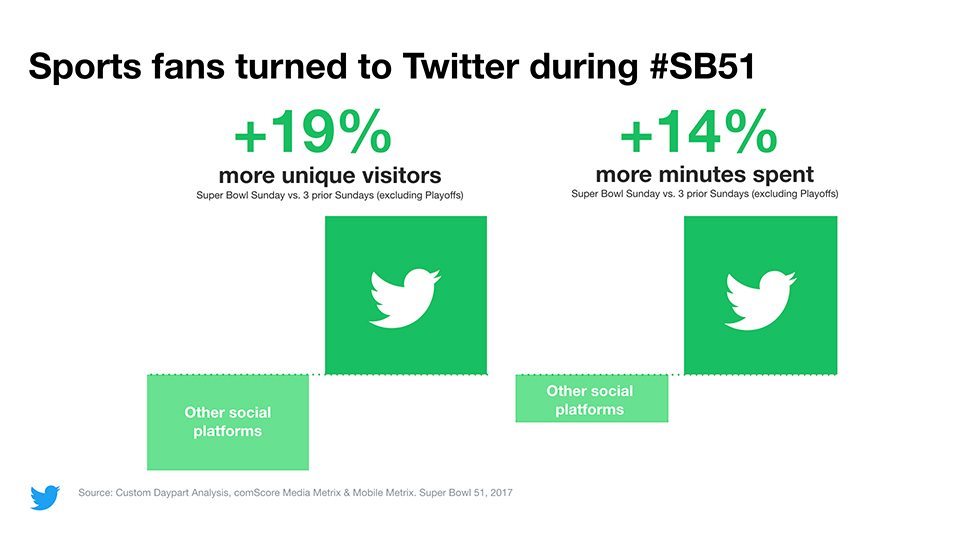

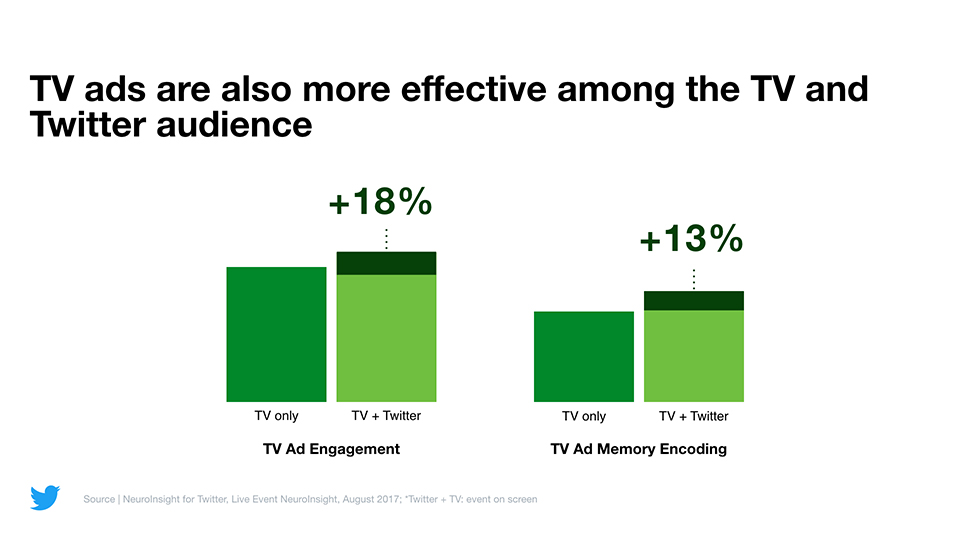



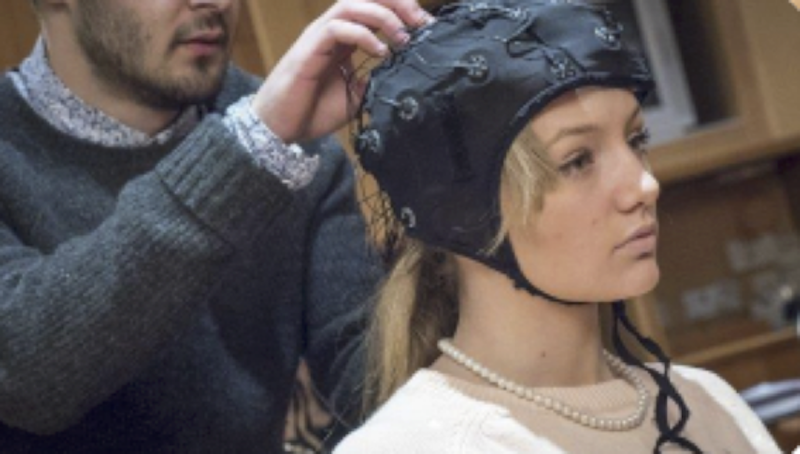

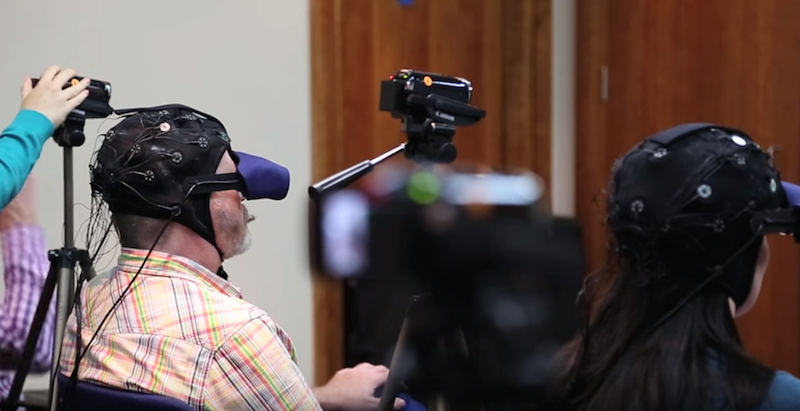




Comments